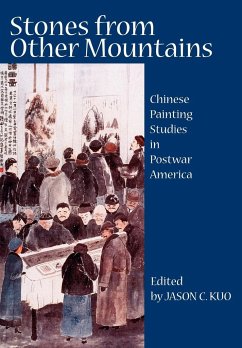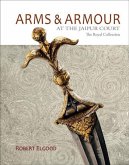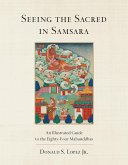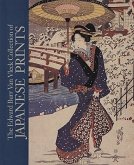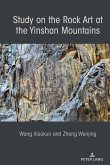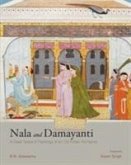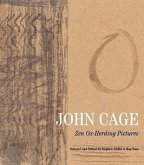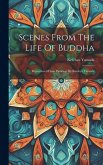This volume addresses questions of canon, value, historiographical interest, and large-scale historical structures as they apply to Chinese art history in the context of post-colonial studies. As the field of Chinese art history moves into postcolonial studies, institutional critique, and economic and social contextualization, it is especially important that questions of canon, value, historiographical interest, and large-scale historical structures not be left behind. The aim of this book is to examine critically the historiography of the field of Chinese painting, to assess what achievements have been made, and to understand what and how personal backgrounds of scholars and institutional constraints may have affected various practices in the field. "This volume is a comprehensive and critically self-aware introduction to the history of Chinese art historiography in America, and includes reflections on more general issues of the encounters between East and West. This is a timely, much-needed book." -Olga Lomová, Director, Institute of East Asian Studies, Charles University, Prague, and Dircetor, Chiang Ching-kuo Foundation International Sinological Center, Prague; Editor of Recarving the Dragon: Understanding Chinese Poetics. "This volume provides a true dialogical interaction of ideas in scholarship and reveals Western, Chinese and Japanese approaches to Far Eastern artistic heritage. The mutual elucidation of pedagogical wisdoms brings about salutary heuristic lessons that help readers overcome assumptions in which Western theoretical methodology has been trapped for so long." -Shigemi Inaga, Professor, International Research Center for Japanese Studies (Kyoto, Japan); John Kluge Chair of Modern Culture in the Kluge Center at the Library of Congress; Editor of Crossing Cultural Borders: Beyond Reciprocal Anthropology; author of Kaiga no tasogare: Eduaru Mane botsugo no toso . "This volume contributes importantly toward understanding the current state of Chinese art history in the US and its complicated historiography. It is provocatively argued, engagingly written, and passionately felt." -Katharine P. Burnett, Associate Professor of Art History, University of California at Davis, has published articles in Art History, Word & Image, and Orientations and is working on a book, Dimensions of Originality: Essays in Seventeenth-Century Chinese Art. "This volume is the next in Jason Kuo's long bibliography of original and important contributions to the study of Chinese painting. Each essay raises questions that draw Chinese painting into the discourse of modernism more generally." -Nancy S. Steinhardt, Professor of East Asian Art and Curator of Chinese Art at the Museum of Archaeology and Anthropology, University of Pennsylvania. Author of Chinese Traditional Architecture, Chinese Imperial City Planning, and Liao Architecture. Editor and adaptor of Chinese Architecture, and co-editor of Hawaii Reader in Traditional Chinese Culture.
Hinweis: Dieser Artikel kann nur an eine deutsche Lieferadresse ausgeliefert werden.
Hinweis: Dieser Artikel kann nur an eine deutsche Lieferadresse ausgeliefert werden.

